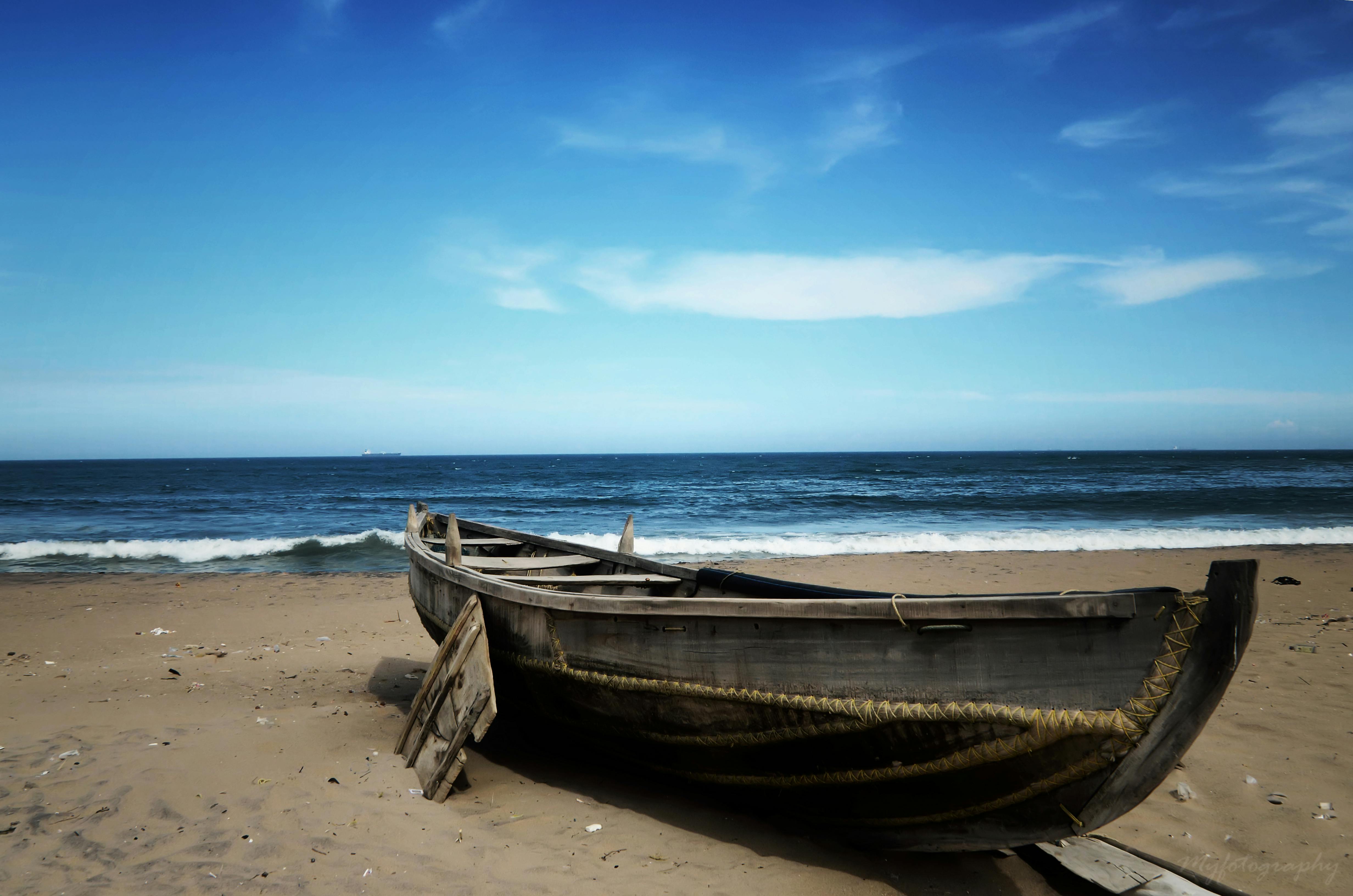
Florida fishing for pompano
Every angler who has ever thrown their bait into the Gulf of Mexico likes to fish for pompano. They are the best tasting fish in the Gulf, without exception. They are also quite easy to catch from June to mid-December. The winter and spring months are fair because they are sparse and generally smaller than those caught in the summer and fall. The Pompano rose and fell in the Gulf of Mexico this beautiful 4th of July weekend. This is a fish that really loves warmer water, with a preferred water temperature between 82 and 98 degrees Fahrenheit.
Walking on the beach just after sunrise with the smell of the ocean and the spray of the waves leaving the taste of salt on your lips is an absolutely wonderful way to start the day. The sun, peeking through the fog, will soon burn away any remaining fog on the beach. Seabirds fighting over the remains of a mysterious marine object that has washed ashore reminds me to protect the shrimp that I had stored in a bucket next to my beach chair. A lone pelican has crept about 50 feet from me and is looking at the bait bucket as if it could see inside. You must have heard the shrimp move.
This lovely morning I was fishing on the beautiful sugar white sand of Mexico Beach, just east of Port St. Jo and just down the road from Panama City, Florida. One of the few areas that is not overly populated, either by local fishermen or tourists, it was a surprise to find myself relatively alone. Looking up and down the beach, only the occasional homeless man could be seen searching the sand to see what secrets the sea had washed ashore with the early morning tide.
Branches are not fish eaters, so the first thing to do when fishing is to secure your bait. In addition to the shrimp I had already bought, I needed sand fleas. They are on the menu of any Pompano and tend to be abundant on most beaches. The easiest and cheapest way to get them is by catching them yourself! They are found at the water’s edge as it recedes into the sea. As the water quickly returns from the beach, you will see small holes appear at the water’s edge. Those holes are where a sand flea hides. Immediately dig and you will find them.
For my sand flea hunt, I simply use a sturdy bucket that I have drilled a lot of holes in the bottom and sides. This allows the water to drain out of its container and leave the sand fleas at the bottom when I look for them. There are several types of sand flea rakes you can buy, but making your own is more fun. I’ve even seen kids on the beach digging for themselves with a stiff toy beach bucket. Just use what you have on hand. After catching a dozen or more, drop them in your bait bucket with some sand and water and you’re good to go. You can always catch more fleas when you run out of the ones you already caught.
Pompano runs in schools. Wherever you find one, you will generally find many, so remember that when you are catching sand fleas. Pompano also eats shrimp, with the live being the best bait, but the dead will work if the bait shrimp are not alive.
I use a 5 ‘weight rod and lightweight reel with an 8-10 pound test line. I use it because I know that most branches weigh between 1 pound and 3 ½ pounds. I also keep a 7 ‘surf rod and surf reel with a 15 pound test line on the other line holder in case a bigger fish is hanging.
Team that has worked well for me starts with a barrel twist at the end of my line. Next, I’ll tie a 3 ‘to 4’ 30-pound leader to the swivel. Next come the two 8 “lengths of guide where I will tie 1/0 circle hooks. I will tie them about 12 inches apart. After that, all that’s left is to tie a 2 oz egg plumb to the part. bottom of the leader. So all I have to do is bait my hooks and cast the tackle as far into the gulf as I can. That’s usually 30 to 40 yards.
There are other more sophisticated and expensive ways to catch branch and sand fleas, but I choose to keep it simple and as cheap as possible. Vacations are expensive enough without spending a lot of money on baits and the fish you will catch with them. Most of us, if we add the cost of a fishing trip and divide it by the amount of fish we catch, it would be much better to go to a good restaurant. I estimate that counting gas for the beach trip, lodging, food, bait, and some souvenirs, each fish I caught that day cost me approximately $ 438.00 each.